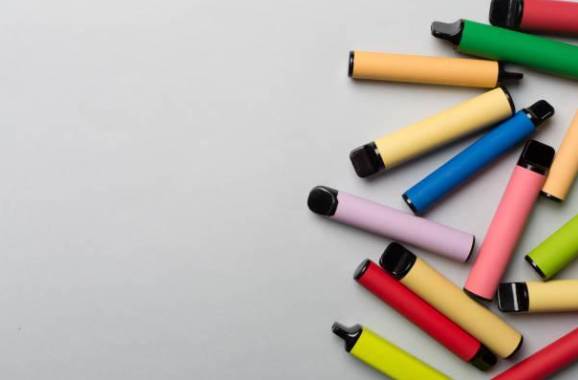Smoking and vaping still a problem with teens
- The Range Staff

- Nov 7, 2023
- 3 min read
by Genesis G. and Adrian I.A.

As Mountain Range High School takes in more students every year, reports of teenage drug use become far more prevalent. Whether it's lurkers in the bathrooms during passing period, or smokers in the parking lot blowing clouds out of cars, more and more students are becoming exposed to illicit substances in a school setting.
In the bathrooms, students will use the time in between classes to take smoke breaks, often taking up space in the restroom that other students want to use for actually relieving themselves. Administration largely knows this, too, but it becomes difficult to enforce when people cycle out of the bathrooms every passing period. Pairing this with the magnitude of student usage, it would be impossible for administration to fully crush the problem.
On students smoking at school, Dean of Students Chris Morgan made it clear that he personally doesn't care about the action, but if students want to use, they should use outside of school, saying, “This is a learning environment so it shouldn't be involved at school.” Coach Morgan added that these users at school are not bad people, but they still have to abide by the school rules.
In an anonymous survey conducted at MRHS, 52% of respondents used nicotine while 44% of respondents used marijuana. Students who used nicotine were also far more likely to use marijuana, and vice versa, often overlapping in respondents who answered in the affirmative.
The reason for these high rates in minors? Most respondents pointed to mental health reasons, like helping de-stress from a busy school life, or assisting in making their mind quieter from illnesses like depression or anxiety.
For those who use, a majority believe that their usage doesn't have an effect on their learning. Students claimed that it helps them focus on their work more, and that it assisted in relieving sleep issues. Others claimed that it was fun and offered an alternative to a more negatively perceived alcohol. Interestingly, nobody claimed that they were peer pressured into using it, or that they felt like it was a societal expectation, like some adults would expect.
Most staff, while being constructively critical to teen marijuana use, still fail to understand the reasons behind usage. An article studying the relationship between mental health in teens and drug use, Relief-oriented use of marijuana by teens from the National Library of Medicine, states, “Marijuana is perceived by some teens to be the only available alternative for teens experiencing difficult health problems when medical treatments have failed or when they lack access to appropriate health care.”
Respondents echoed this, with many not in therapy themselves. In fact, in another article, Why Teens Hate Therapy from the Psychotherapy Networker, it claims that teens often feel like the pressure to see a therapist makes them apathetic to the practice itself: “Most teens are in therapy only because their parents, their teachers, the juvenile court judge, and/or some adult in authority somewhere has told them they must see a therapist.” With this nagging to seek therapy, teens who are isolated often turn to drug use to alleviate their troubles instead of talking to a stranger attempting to dissect their emotions.
Additionally, in the age of newly advanced intake devices, it has become far easier to be exposed to substances that students would likely not see otherwise. Liz, security for the school, offered her worry for the new methods that are being used. “Especially right now, with the fentanyl [crisis], like that's terrifying to me.” She asserted, “Back when I was in school, granted I didn't smoke, but I didn't have to worry about that.” Her worries aren't unfounded, as fentanyl usage, and adjacent deaths, have become far more prevalent post-2010, according to the National Institution of Drug Use.
Despite the possible risks to smoking, students still weighed the benefits more importantly. Through efforts from students cutting back on use at school, and administrators understanding the underlying issues of that use, along with new legislation in Colorado offering free therapy for youths, school can become a safer space eliminating illicit substance usage.






